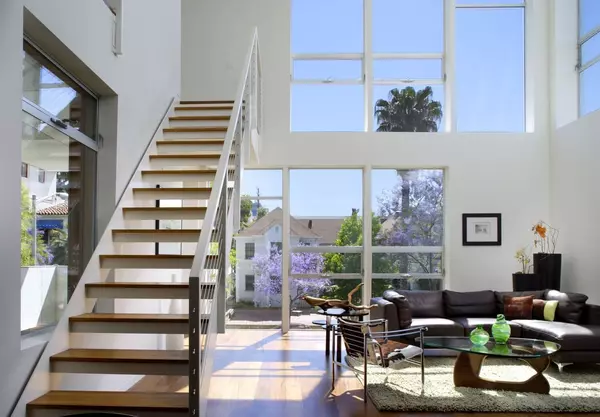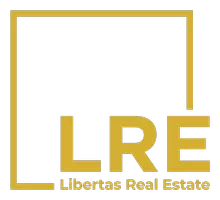The 50-year mortgage: I’m not buying the “forever loan”
A 50-year mortgage sounds like the next big innovation in housing finance, a way to make homes “affordable” again in an era of high prices and stubborn interest rates. But the way I was raised and educated, financial independence and straight talk count.
Having studied economics at Texas A&M, I see this for what it is: a long, expensive bet that lasts half a lifetime.
The idea of carrying mortgage debt for half a century is sparking skepticism among homebuyers, brokers, and financial planners alike. The average first-time buyer in Texas now is between 35 and 40 years old. A 50-year mortgage would keep payments rolling until age 85 or 90. That’s not a long-term plan, that’s a lifetime commitment.
The big pitch is lower payments, but wait, much higher costs. Lenders pitching ultra-long-term mortgages often lead with one thing: affordability. On paper, spreading payments over 50 years can reduce a monthly mortgage bill by 15–25% compared to a traditional 30-year loan. In a market where prices have jumped nearly 40% since 2019, that lower payment looks appealing to buyers struggling to make the math work.
But what looks good month to month can cost a fortune in the long run. Even at moderate rates, the math on a 50-year loan is eye-opening.
Take a $400,000 home at a 6.5% interest rate. A standard 30-year fixed mortgage would generate around $511,000 in total interest over its lifetime. Stretch that same loan to 50 years, and the interest bill jumps to roughly $870,000. That’s $359,000 more, just for the privilege of taking longer to pay off the same home.
Financial analysts call that “negative leverage”, when the cost of carrying debt far outweighs the benefit of cash flow relief. In plain English: you’re paying nearly double for the same house. That cannot be good.
This also is a huge drag on equity growth. One of the most overlooked downsides of a 50-year mortgage is how slowly it builds equity. Early on, nearly all of your payment goes toward interest rather than principal. That’s true of any mortgage, but the effect is magnified dramatically over five decades.
With a 30-year loan, a homeowner begins to see real equity growth after the first 7–10 years. With a 50-year loan, it might take 15 to 20 years before the principal balance drops meaningfully. That’s two decades of payments without much ownership to show for it.
Or to put it another way, if you sell too quickly, it will feel like you paid interest-only, . . . and that’s because you did.
This matters because home equity isn’t just emotional. It’s financial flexibility. It’s what lets homeowners refinance, tap cash for renovations, or sell at a profit when life changes.
In Texas, financial independence is a badge of pride, so the idea of making mortgage payments in your 80s probably doesn’t sit well. Yet that’s exactly what a 50-year mortgage entails for most first-time buyers today. I assure you, my business circle thinks it is not at all helpful. Financial planners generally recommend paying off your mortgage before retirement, not after. Fixed incomes, rising property taxes, and maintenance costs can turn even a modest mortgage into a major burden for seniors.
And with people living longer, it’s not just about comfort. It’s about risk. Unexpected health expenses or income gaps can quickly unravel a tight budget. A homeowner still paying down their house in their 70s or 80s has far less flexibility to adjust or downsize without selling under pressure.
Another key risk with ultra-long loans is the housing market itself. Texas has been one of the fastest-growing states in the nation for years, but its real estate market still runs in cycles. Look back at 2008, when the national housing market collapsed, or 2022–2023, when rising interest rates froze demand and slowed price growth in cities like Austin and Dallas. A buyer who locks into a 50-year mortgage at a high price point could easily spend a decade “underwater,” owing more on their home than it’s worth. In that situation, selling or refinancing becomes difficult. You’re effectively stuck until appreciation catches up, and if the early years of your loan barely touch the principal, that wait can be a long one.
Texans value ownership: think Homestead Exemption.
Beyond the math, there’s something deeper at play. Texans take pride in owning their property outright, land, home, and all. That’s part of the state’s DNA, rooted in independence and personal responsibility. This goes against that ethos.
Data shows us that Texas homeowners favor shorter loan terms when possible, even if it means higher monthly payments. According to Texas REALTORS® data, the 30-year fixed mortgage remains the clear favorite statewide, while 15-year loans appeal to those looking to build equity faster. Adjustable rate and exotic loans, including those with 40- and 50-year terms, account for only a small fraction of total mortgages issued each year.
I believe that Texans want a loan built for today, not 50 years from now. Advocates of the 50-year mortgage often argue that it reflects “modern realities.” Housing costs are up, wages haven’t kept pace, and affordability has reached crisis levels in some cities. On the surface, extending the loan term looks like a practical fix.
But experts caution that it’s a band-aid, not a solution. It doesn’t lower housing costs; it just spreads them out further. It might help a few borrowers qualify for homes they otherwise couldn’t afford, but at the cost of decades of additional payments and hundreds of thousands in extra interest. Seems like a bad idea. As Texas economist Jim Gaines put it, “You can’t solve an affordability problem by just stretching time. The price of money doesn’t change. The longer you borrow it, the more it costs.”
The numbers don’t lie: what looks like an affordability solution is really a long-term trap.
What’s the Smarter Play? For Texans looking to buy now, there are still better options than going half a century deep into debt. Some choose smaller homes or homes farther from city centers, where prices remain comparatively low. For most Texans, it’s better to keep things simple. There is a resurgence in small-town Texas for this very reason.
A 50-year mortgage might make the monthly math look better, but it doesn’t make financial sense for most families. It trades near term comfort for lifelong debt, delays wealth building, and leaves homeowners exposed to the ups and downs of the market for half a century. Texans value self-reliance and clear ownership. Signing a 50-year mortgage means paying for your house longer than most people work and longer than most want to.
To me financial freedom still means something simple: own your land, your home and your future outright. Not fifty years from now, but while you’re still young enough to enjoy.
Categories
Recent Posts










GET MORE INFORMATION

